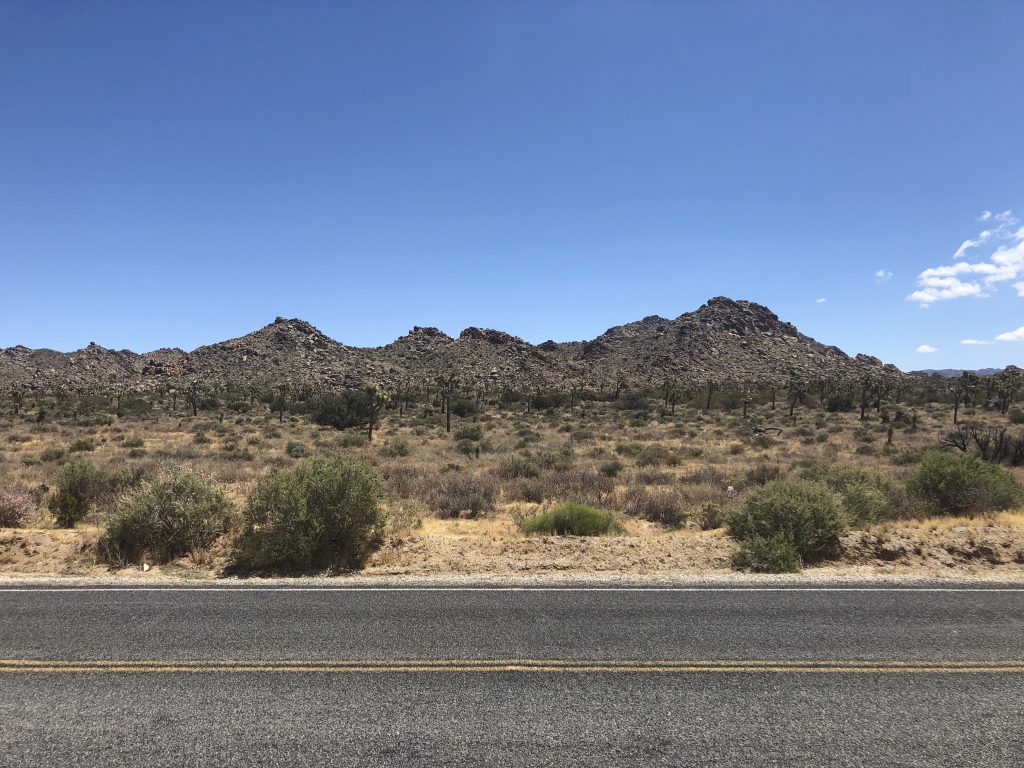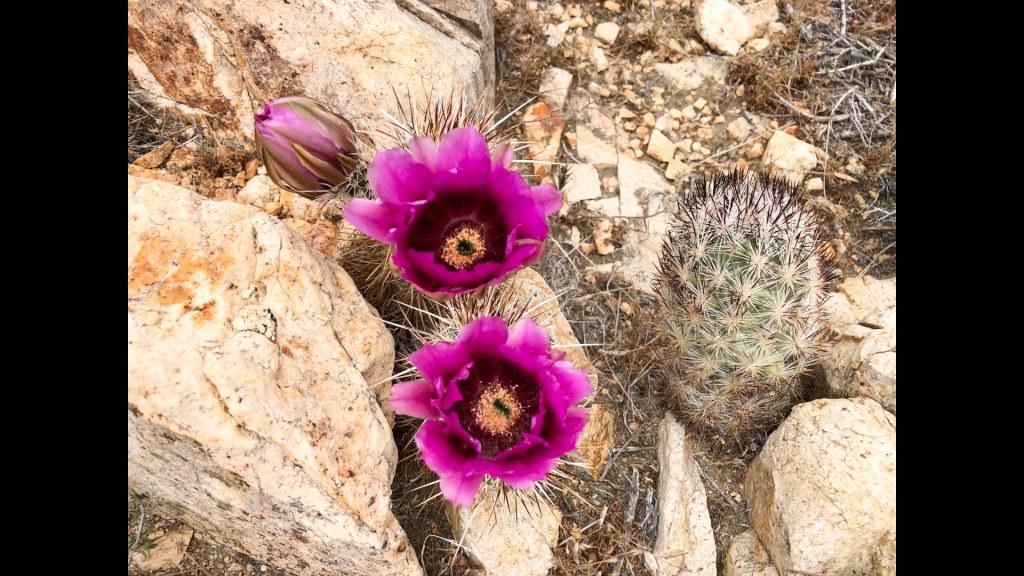
What comes to mind when you think of the desert? Do you immediately think of endless, windy sand dunes? Do you think of a hot, arid place where life struggles to hang on because of harsh elements? Maybe you think of something similar to an oasis that you would see somewhere like the Sahara desert. Some may think of a desert as a place that may be cold as well. Some may say that what constitutes a desert is the overall lack of precipitation or vegetation. When most people think of the desert, they are immediately brought to a place in their minds that is almost devoid of life, water and other basic essentials for life on what appears to be completely useless land.
The desert IS all of that. The desert is also NONE of that.
Now let me take you to the same desert, and allow me to show you the endless life hidden under rocks or in caves safely shielded from the desert heat. Let me show you a desert after a seasonal rain where the desert wildflowers are in bloom. Look closely and deeper into the desert; what do you find? Break the surface of what most people see, and look beyond that to discover an ecosystem teaming with life. Stop for a few moments and be still during your hike, and let nature take you in. You’ll notice things you may have never seen before. Each type of creature uniquely adapted to the harsh environments, all well-equipped to handle life’s struggles here. Like many other environments, nature has evolved each plant and creature for the difficulty that each type of desert. From the Joshua tree to the desert hare, each significant in its own way in which it deals with the adversity of life in the desert.
If you take a look at some artwork from the American Southwest, you will find the deserts depicted are the type of deserts wrought with death. I am not saying that the desert is not a place of death; it most certainly is. But, one must remember that death is all around us each day, even though we as humans choose to ignore it until death personally affects us in some way. There is no more death in the desert than any other place. Death is more visible in the desert, and that is what makes the desert a place of contemplation. The desert forces you to think about things that you normally ignore. If you visit the desert alone, the solitude can bring an unmatched experience of self exploration.
The desert is not a place only of death; instead the desert is a place of metamorphosis or rebirth. The change from day to night or from dry to rain brings about an amazing change in the flora and fauna. Rain in the desert is a renewal of life, with each drop of rain extending life for another short period. Each evening the desert experiences a complete metamorphosis from the creatures of the day into the creatures of the night. This ‘night crew’ of sorts is imperative to survival in the desert. During this time, the more heat sensitive creatures come out and fulfill their purposes. Many people that spend a short amount of time in the desert get the idea there is more life and activity during the night, but I challenge you to re-evaluate the amount of life in the desert during the day once you begin to take a really close look. It is true that the desert is a place of change, but that change is also unique in the qualities that stay the same. Seeing this makes me look inward at change in my own life, and how someone can be affected by change, but remain the same. It is seeing this truth in the rebirth of the desert each day that you can believe in change within yourself.
You might also assume that the desert is a place dull, drab and without color. Instead, the desert is a place of color and contrast. Every morning when the sun comes up, the desert is awake with a golden glow of sunlight. Throughout the day as the sun moves up and down the sky, the hues increase and decrease in vibrancy. As the shadows are cast eerily along the rocks and cacti, it creates ‘cool’ or ‘relief’ spots from what you view as otherwise hot. When you are lucky enough to experience a place like the Grand Canyon, you’ll notice that almost every time you look at the canyon walls they slightly change in color. Each time you look out at the Grand Canyon, it’s not only more and more spectacular each time you see it, it never appears the same. In the evening during sunset, the desert is again alight with a glow, but this time viewers are treated to an amazing red or orange glow throughout. This glow gets deeper until it must finally give way to the deep indigo blue of the night sky that is slowly invading. The contrast between desert mountains and a deep blue sky is breathtaking. To see the desert colors contrast with the Colorado river or a shining waterfall is truly irreplaceable.

The contrast is not only about color, but also a contrast between life and death. You can easily see the contrast between those who can reach water and those who cannot. It is in the desert that you realize how hard the flora and fauna must struggle for survival. Their ability to cling to the absolute edge of what is survivable is a major point of inspiration, not only for art but life itself. Seeing these things in the desert you realize how fragile you are. The desert makes you feel fragile and insignificant, this much is true. It’s also true that the desert makes you feel alive and full of life. When you find that solitary spot in the desert, and hear nothing but your own heartbeat, you can begin to focus inward on your own thoughts and remove the static and noise that is blocking your inward focus and creativity. The desert makes you feel in the moment, as if other reality did not matter. The peace and solitude that the desert affords is oddly soothing, given the amount of endless struggle surrounding you. Inspiration is in this odd soothing, the closeness of death intertwined with the dancing colors from the desert background and the vastness of life surrounding you. Inspiration is within the wide-open nothingness that pans into a surprising burst of color. Once you get a true experience for the desert, you realize that inspiration is truly all around you and can inspire you unlike any other place.
